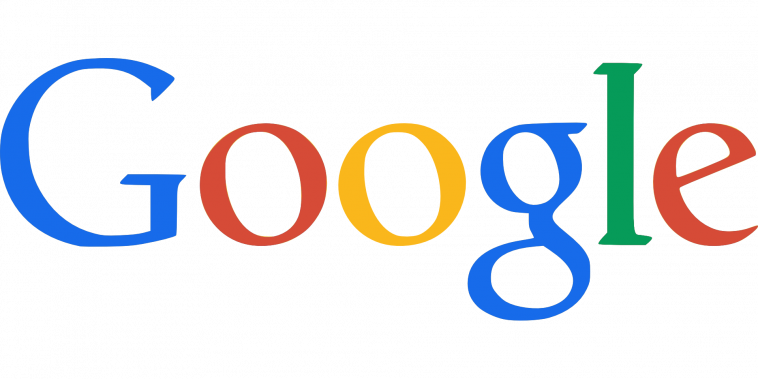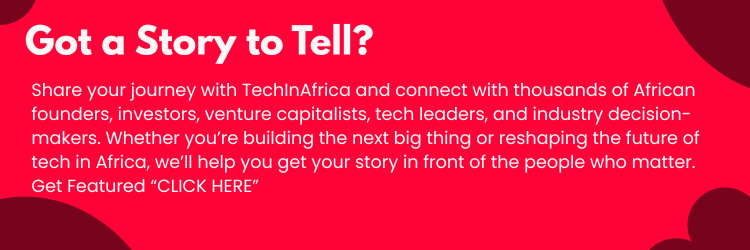Google Ads has unveiled a new suite of creative tools that harness the power of AI, enabling advertisers to generate lifestyle imagery and enhance campaign performance. These features are designed to boost audience engagement across various platforms, including Performance Max, Demand Gen, Display, and Apps campaigns.
Now, advertisers can use text prompts to generate lifestyle images featuring adults directly within Google Ads. This eliminates the need for traditional photoshoots, making it possible to create more targeted and customized visuals. Furthermore, Google Ads will offer insights into visual themes and elements that resonate with specific audience segments, helping advertisers craft more effective visual storytelling. These new capabilities are driven by Google’s advanced Imagen 3 model, which facilitates the creation of diverse and captivating images.
“As an advertiser, your creative is often the first impression potential customers have of your brand. It’s crucial to ensure that your assets are visually engaging and varied to appeal to the diverse needs of your audience and support your business objectives,” said Pallavi Naresh, Group Product Manager at Google. “With these new creative tools in Google Ads, you can design more compelling and successful campaigns, ultimately leading to better results for your business.”
Advertisers now have the ability to create custom lifestyle images by simply entering prompts. These prompts can range from broad requests like “person cooking” to more specific ones such as “middle-aged man chopping carrots.” This feature provides brands with the flexibility to craft images tailored to their unique marketing objectives and target audiences.
In addition, Google has introduced SynthID, a technology that embeds a digital watermark into AI-generated images to ensure transparency and trace the origin of the content. The development of these images follows Google’s rigorous product design principles and advertising policies, which are based on extensive user research and strong protocols, guaranteeing that the generated content meets high-quality standards. Safeguards are in place to prevent the creation of images that include brand-named products, prominent figures, minors, or sensitive content.
These new tools give advertisers greater control over their creative processes, allowing them to produce diverse assets quickly without sacrificing quality. By optimizing the creative workflow, brands can respond rapidly to market trends and audience insights, refining their advertising strategies more effectively.
The ability to test creative assets and assess the impact of various creative elements, including AI-generated images, within Performance Max campaigns marks a major advancement for retailers. This feature enables data-driven optimization, ensuring that every visual component plays a role in the overall success of the campaign.





